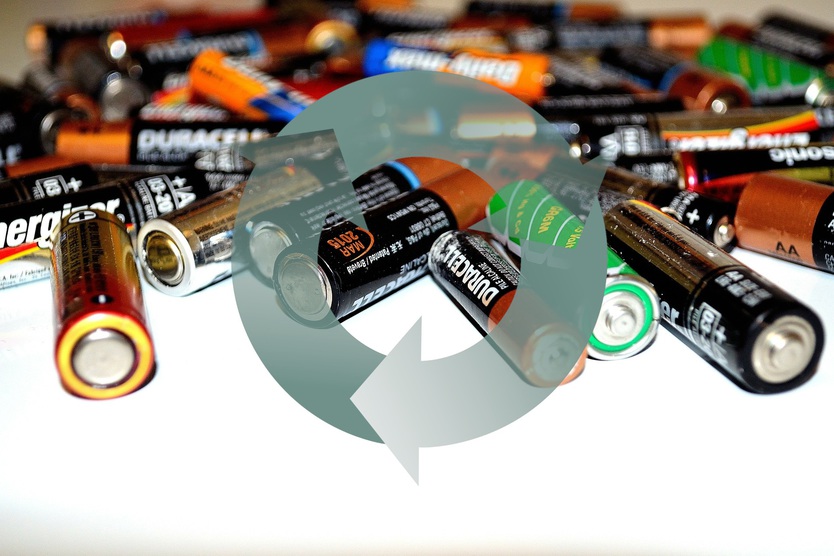
Scientists at Chemistry Institute of the University of Oldenburg have developed a new technique for observing the process of charging and discharging of lithium-ion batteries with electrochemical scanning microscopy.
© www.pixabay.com
If we could understand what happens to a lithium-ion battery during charging and discharging on a microscopic level, we could improve upon its performance and service life. Scientists at Chemistry Institute of the University of Oldenburg have developed a new technique for observing these processes using state-of-the-art electrochemical scanning microscopy.
Until now, the changes that occur within the complex layers of the battery have been invisible to scientists. But the team headed up by Prof. Gunther Wittstock (which includes experts from the Battery Research Centre MEET at the University of Münster) have figured out a measuring principle to obtain high-resolution information on the surface of metallic lithium electrodes during operation.
"Over time, chemical processes on the surface of the electrode can have a major impact on the life and performance of a battery," explains Wittstock, speaking to SolarServer. To measure this ageing effect, a probe was moved incrementally by micrometres across the surface of a sample to collect chemical information. “By repeating this process several times, we can follow changes on the sample surface like in a flipbook,” he says.
The researchers noted how lithium from battery fluid was being deposited at the anode at high charging speeds and forming “dendrites”. These protrusions limit the service life of batteries and can ultimately lead to failure. The next step will be to explore how different pre-treatment steps will affect surface changes on the electrodes, and to explore suitable materials for new kinds of batteries. The ultimate goal is to develop more environmentally-friendly batteries for use in electric vehicles and energy storage systems, with a longer service life and higher power density.


